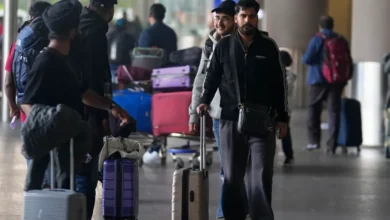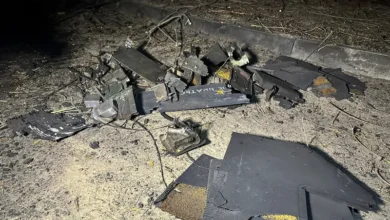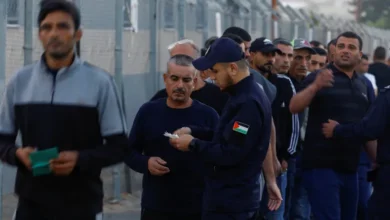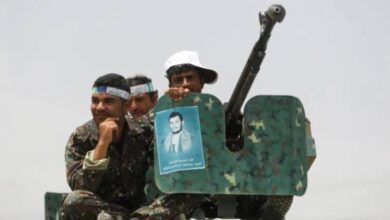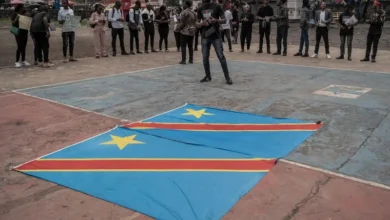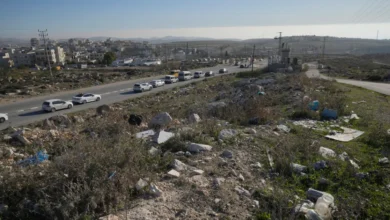Melissa leaves 50 dead, toll expected to rise in Jamaica, Haiti
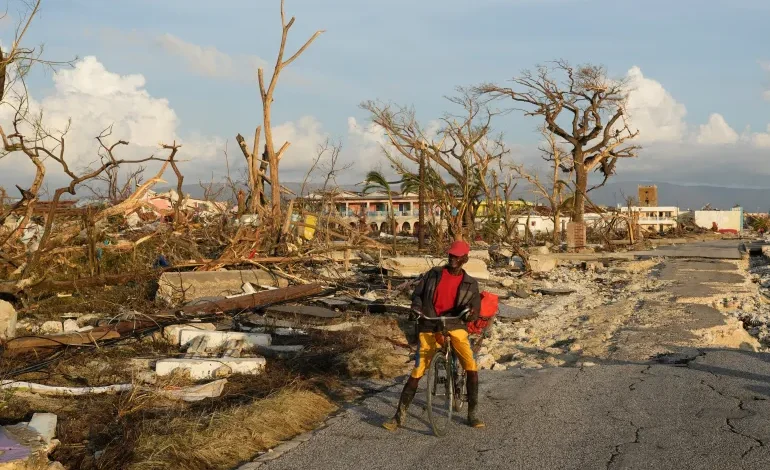
Hurricane Melissa is finally leaving the Caribbean after battering communities in Jamaica, Haiti and Cuba for days, leaving a trail of devastation that killed about 50 people.
The hurricane smashed into Jamaica with enormous force on Tuesday as a Category 5 storm, and residents were assessing their losses and the long road to recovery on Friday.
More than 60 percent of Jamaica remains without power, and nearly half of its water systems are offline.
In the historic seaside town of Black River, in southwest Jamaica, up to 90 percent of all structures were left without roofs, while the storm also snapped power lines and toppled concrete structures.
“People are hungry,” said Monique Powell as she stood watch over a stash of groceries and household items for herself and a group of residents from Greenfield, one of many hurricane-torn communities on the outskirts of Black River.
“Everything is gone,” said Michelle Barnes as she and her 13-year-old daughter secured their portion of handouts from local food establishments that were giving away their goods, many of which had become water-soaked and damaged.
The storm, one of the most powerful ever recorded, was made four times more likely because of human-caused climate change, according to a study by Imperial College London.
Play Video
0:41
Trail of deaths
Jamaica’s Information Minister Dana Morris Dixon told a briefing that authorities had “quite credible” reports of a potential five additional deaths, but had not yet been able to confirm.
“We’re still at 19 confirmed, but we do expect that will change today,” she said.
More than 60 percent of Jamaica remains without power, and nearly half of its water systems are offline.
In the historic seaside town of Black River, in southwest Jamaica, up to 90 percent of all structures were left without roofs, while the storm also snapped power lines and toppled concrete structures.
“People are hungry,” said Monique Powell as she stood watch over a stash of groceries and household items for herself and a group of residents from Greenfield, one of many hurricane-torn communities on the outskirts of Black River.
“Everything is gone,” said Michelle Barnes as she and her 13-year-old daughter secured their portion of handouts from local food establishments that were giving away their goods, many of which had become water-soaked and damaged.
The storm, one of the most powerful ever recorded, was made four times more likely because of human-caused climate change, according to a study by Imperial College London.
Play Video
0:41
Trail of deaths
Jamaica’s Information Minister Dana Morris Dixon told a briefing that authorities had “quite credible” reports of a potential five additional deaths, but had not yet been able to confirm.
“We’re still at 19 confirmed, but we do expect that will change today,” she said.
Cuba was working on Friday to rescue residents still stranded by unprecedented floodwaters in the wake of Melissa.
The Cauto River overflowed its banks shortly after the Hurricane slammed into Cuba as a dangerous Category 3 hurricane, bringing upwards of 380mm (15 inches) of rain to some areas of the eastern end of the island.
Emergency workers on Friday waded waist-deep in wetsuits and used boats and military vehicles to rescue residents from the still-rising waters of the country’s longest river.
Rio Cauto resident Eduardo Verdecia, 83, said he and his family had expected the river to subside, but continuing rains, plus run-off from nearby mountains and a fast-rising reservoir, had surprised them.
“When night fell, we thought it would go down. But look at it now – and it’s still raining,” Verdecia said, indicating brown water that had inundated his house to near roof level.

